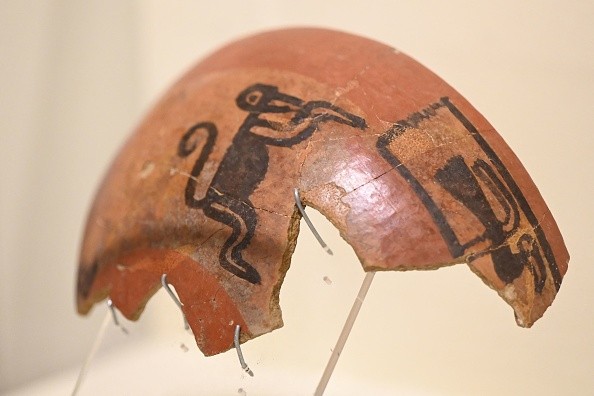The terracotta pots listed in the Journal of Archaeological Science: Reports on Tuesday, Feb. 15, were found in the ruins of a villa near the Italian town of Gerace in Sicily.
The pot is round, the sides are sloping, and the edges are 30 centimeters high and 33 centimeters wide.
The authors suggested that they can sit on it and use it, but it was likely placed under a wooden or rattan chair with a cover attached to the appropriate hole.
Ancient Rome's use of ceramics in everyday living
According to Ceramics: Roman Republican and Early Principate, Roman pottery was used for domestic and commercial purposes.
They appear as containers for cooking, food preparation, serving, storage, and transportation of groceries, as well as lamps and containers for perfume.

In the archaeological sites of the Roman world, pottery is the most commonly found material.
It is found in burials and sediments of ceremonial foundations.
Debris was often used to level construction floors or fill negative features, such as gutters and countertops and was reused whole as part of the building material for walls.
As per ScienceDaily, Roger Wilson, a professor in UBC's department of classical, Near Eastern, and religious studies said that: "Conical pots of this type have been recognized quite widely in the Roman Empire and in the absence of other evidence they have often been called storage jars. The discovery of many in or near public latrines had led to a suggestion that they might have been used as chamber pots, but until now proof has been lacking,"
Read more: Ancient City of Falerii Novii in Rome Has Finally Been Mapped out Using a Ground-Penetrating Radar
Methods in analyzing the ancient ceramic found
The University of Cambridge archaeologists analyzed a crusty material formed on the inside surface of a ceramic pot dating to the fifth century from a Roman villa site in Sicily.
The team from the Ancient Parasites Laboratory identified the eggs of whipworm, confirming that the vessel had once contained human feces.
When they first found the pot, it had been dismantled, so they had to put the pieces back.
The jug is burned orange and has two wavy lines on the outside as a decoration. In the bottom and sides of the pot, they found the crust, a calcified deposit that they wanted to help identify the contents of the pot.
They scraped a little for analysis, as per the New York Times.
After preparing the samples in an acid bath and separating the organic matter from the calculus, they were able to identify the conserved eggs of the intestinal parasite Trichuriasis.
It is excreted from human feces.
The analyzed ceramic results the presence of fecal parasites
Whipworm is a human parasite about 2 inches long that inhabits the inner wall of our intestines.
The eggs they lay are mixed with human feces and are therefore placed in potty chairs during use.
Minerals from urine and feces were repeatedly used to deposit in layers on the inner surface of the pot, forming stones.
Parasitology expert Piers Mitchell, who led the research at the lab, said that since ancient bathrooms did not have a built-in toilet, it is likely that those who found it used this jar whenever nature calls.
Obviously, convenience was important to them, as per ScienceDaily.
As per the New York Times, Karl J. Reinhard, a professor of environmental archaeology at the University of Nebraska who was not involved in the study said that, "The thing that stood out in the paper is their method could be developed so that we could have a general method for everyone, It's simple and something anyone can do anywhere. It could be applied to museum specimens as well. I would encourage the authors to continue this work and develop a method from which we all could benefit."
© 2026 NatureWorldNews.com All rights reserved. Do not reproduce without permission.





